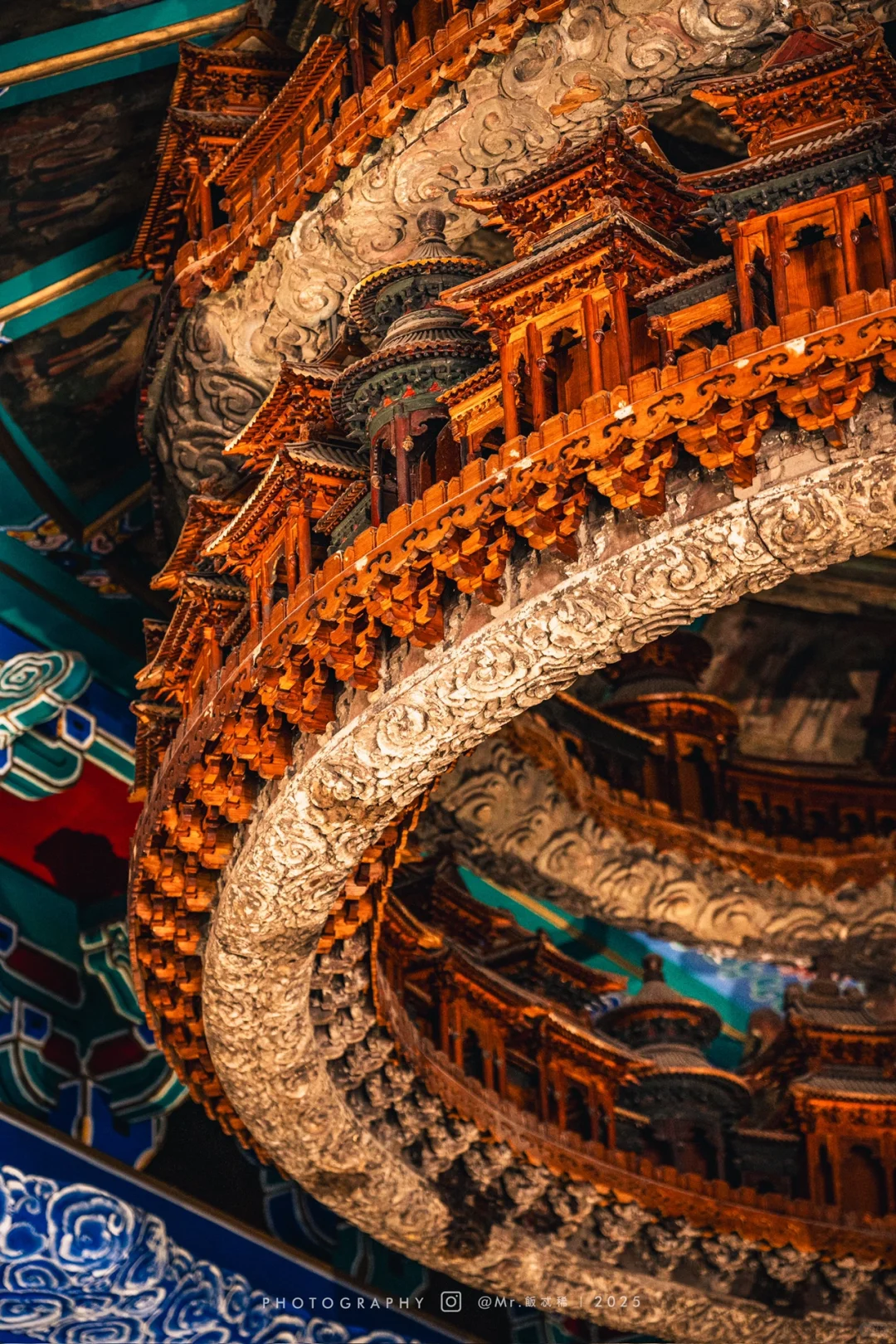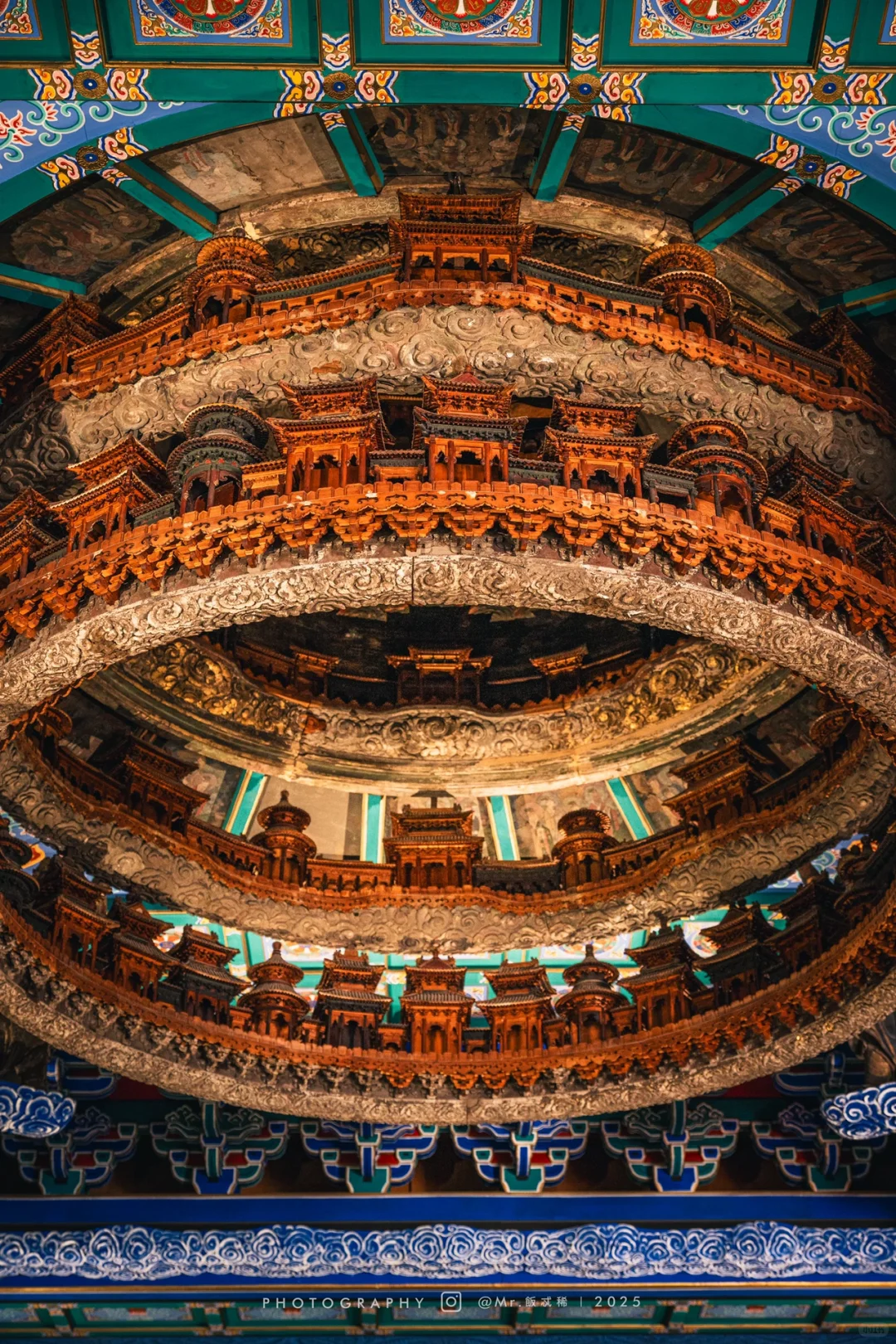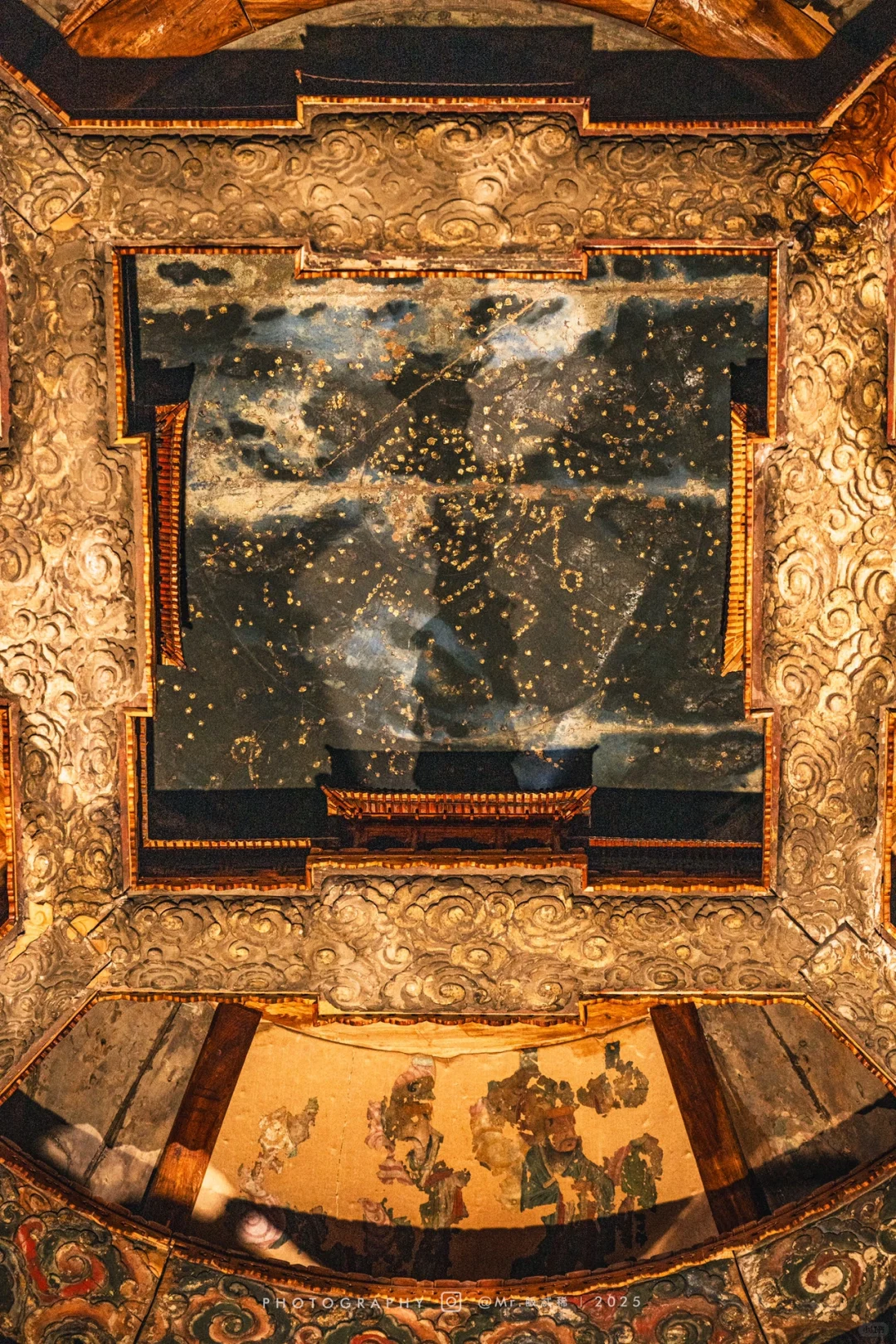Exploring the Celestial Art of the Ancient Architecture Museum in Beijing
Last weekend, thanks to my friend's strong recommendation, I finally checked out a museum that really surprised me—the Beijing Ancient Architecture Museum. Honestly, when I heard "ancient architecture," my first thought was that it must be super boring, a niche place for older folks. But I was totally blown away, especially by the stargazing altar. The kind of romance that has traveled through a thousand years still gives me chills just thinking about it!
After the whole experience, I have to say, it's a lot less crowded than the Forbidden City, but the romantic vibe is just as top-notch!
A Romantic Universe Hidden in the Second Ring
First off, the Beijing Ancient Architecture Museum is super convenient, located in the Second Ring near Qianmen. You can easily take Subway Line 8 to Tianqiao Station, Exit D, and it’s just a short walk from there, perfect for a last-minute trip. Plus, the ticket is super cheap, only 15 yuan, and if you have a student ID, it's half off. Plus, if you go early on Wednesdays, the first 200 people get in for free. You really can't beat this experience for the price!
As soon as you step into the museum, you can feel a unique atmosphere. It's built within the Temple of Agriculture, and the imperial charm all around hits you right away. Although I came primarily for the altar, I found that just wandering around, you can really soak up the rich culture from the Ming and Qing dynasties—it's nothing like the usual fast-paced vibe in Beijing.

Let’s get to the point: one of the museum's highlights, the stargazing altar—1427 stars painted to represent the night sky—is absolutely mind-blowing. Standing in the center of the Tai Sui Hall and looking up, I felt like I had traveled back to the Tang Dynasty. The grand cosmic rivers and fairy realms created by the star map and the golden nanmu wood carvings felt like a real-life "heaven." It’s cleverly supported by the Four Heavenly Kings statues, as if “the earthly world is lifting up the heavenly realm.” It’s so beautiful that it feels unreal, and I can’t help but wonder how such a piece of art was crafted a thousand years ago. Trust me, when I highlight the other two "national treasures" later, the stargazing altar will definitely be my top recommendation.
Museum Highlights: The Three Treasures
After highly recommending the stargazing altar, let me share the real "three treasures" of the museum.
-
Stargazing Altar · Cosmic Universe (Tai Sui Hall)
If you're into astronomy and star maps, you can't miss the core here: the six-story golden nanmu wood building complemented by the altar featuring 1427 stars. It illustrates the star map from the Tang Dynasty, which, despite being ancient, is unbelievably exquisite. Feel free to stand inside and take photos from different angles to capture the stunning overhead view—it definitely gives a high-quality feel! -
Dragon-patterned Altar · Imperial Majesty (Worship Hall)
The second jaw-dropping spot is the dragon-patterned altar in the Worship Hall. It occupies a central spot on the ceiling, carved from a single piece of golden nanmu wood, with a five-clawed golden dragon diving majestically from the clouds! I have to say, the craftsmanship on this dragon is incredible, with detailed scales and claw marks that really pop out, embodying regal elegance and majesty.
-
Divine Granary Architecture · The Best Granary in the World
Another highlight of the museum comes from the history of the Temple of Agriculture—this is where emperors would "personally farm" and store grains in the Divine Granary after offerings to heaven. A traditional technique using arsenic yellow painting to prevent pests is one of its standout features. I heard that next year there’s a chance to personally experience the "Grains Entering the Granary" process, and I’m already planning to come back in the fall to feel the fun of stepping back in time as "a farmer for a day!"
Recommended Itinerary
If you’re short on time, here’s a 2-hour power tour route that’s efficient yet thorough:
- Divine Kitchen Courtyard: Start here to grab a limited edition fridge magnet featuring the altar design—it's a lovely keepsake!
- Worship Hall: Be sure to capture the details of the dragon-patterned altar—the ceiling’s design is stunning!
- Tai Sui Hall: Kneel to take pictures of the stargazing altar. Remember to bring a tripod or crouch down for a better angle to capture that high-end feel!
- Farming Observation Platform: You can look out over the Temple of Agriculture and feel the solemnity of emperors’ personal farming.
- One Acre and Three Points: Nearby, you can touch the wheat ears and get a sense of the ancient blessing rituals.
- Divine Granary: Make this your final stop to review thousands of years of ancient agricultural technology insights.
By following this route, you’ll not only see all three “treasures” but also soak up the entire museum's historical ambience.
Hidden Gems and Tips
There are plenty of hidden treasures to discover, so here are a few of the most intriguing points:
- Altar Fridge Magnet: There are only 600 available each day, so it’s best to rush in right at 9 AM when the museum opens! Make sure to reserve and pay in advance on Alipay to ensure you get one.
- Free Guided Tours: Every weekend, they offer four in-depth guided tours that last about 2 hours. This is especially great for those interested but not very familiar with the ancient architecture details—it’ll enhance your overall understanding.
- "Emperor Farming" Experience: During the spring plowing and autumn harvest seasons, you can actually enter the "One Acre and Three Points" and try your hand at farming with a sickle or planting seedlings. Just be sure to check the event details and timing in advance.
Also, while most areas are pretty clear, the Divine Granary entrance is a bit hidden. Just go in directly opposite the main entrance, and you can use the same ticket. If you really can’t find it, the staff will gladly help guide you.

In summary, I truly felt that this place is a magical mix of photography, romance, and historical learning. Especially for anyone interested in altar architecture, you’ll definitely regret missing out. This kind of niche but high-quality museum is a gem in Beijing, and you should definitely consider adding it to your day trip list—it’s sure to be fun no matter when you go!
You Might Also Like
7 Must-Try Dining Spots in the 798 Art District
A personal guide to seven essential dining spots in the 798 Art District, offering delicious food perfect for gatherings. Each restaurant's signature dishes and average costs are detailed to provide you with a practical culinary guide.
A Guide to Visiting Beihai Park with Useful Tips
Beihai Park is a captivating garden where the entrance fee is only 10 yuan. Visitors can enjoy a variety of beautiful landscapes with a recommended route that's easy to follow, making it suitable for all types of tourists. The park features attractions like the Quiet Mind Studio and the Nine-Dragon Screen, as well as rentable boats and a variety of blooming flowers. It's a perfect spot for photography and relaxation, and we highly encourage visitors to go.
The Most Affordable and Joyful Xiangsheng Experience in Beijing: A Must-See Comedy Show
Experience the best value Xiangsheng in Beijing with a three-hour laughter-filled session at this comedy event. It’s an experience you simply can’t miss!
Want to see more cultural experiences like this?
Follow ChinaTrip, explore the next destination, and discover more ways Chinese people travel.
Browse More ArticlesRecommended in the Same City






